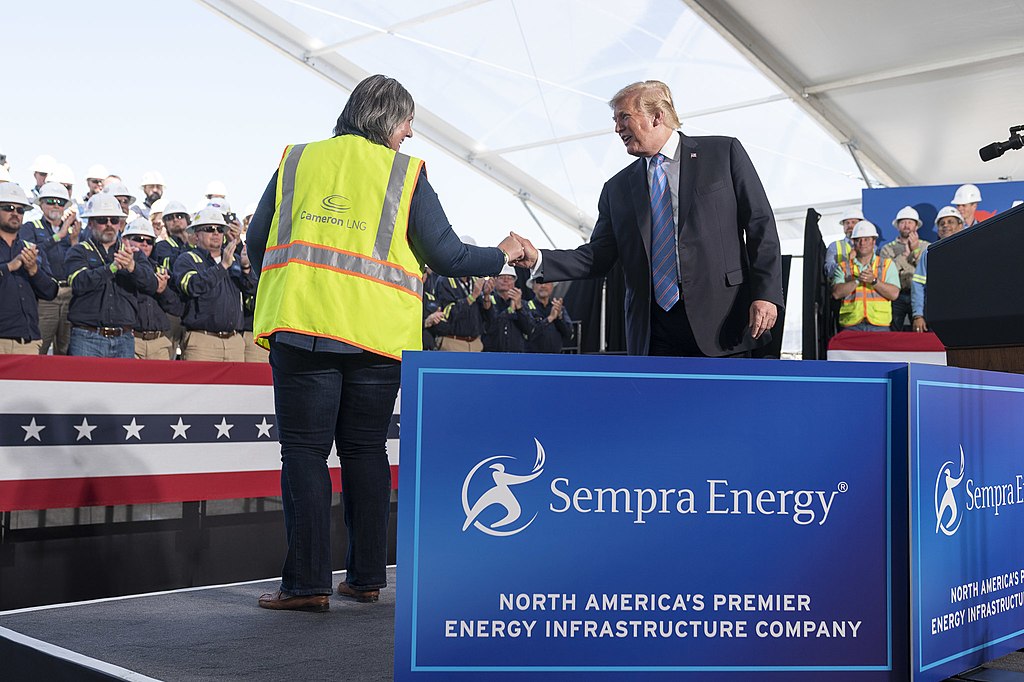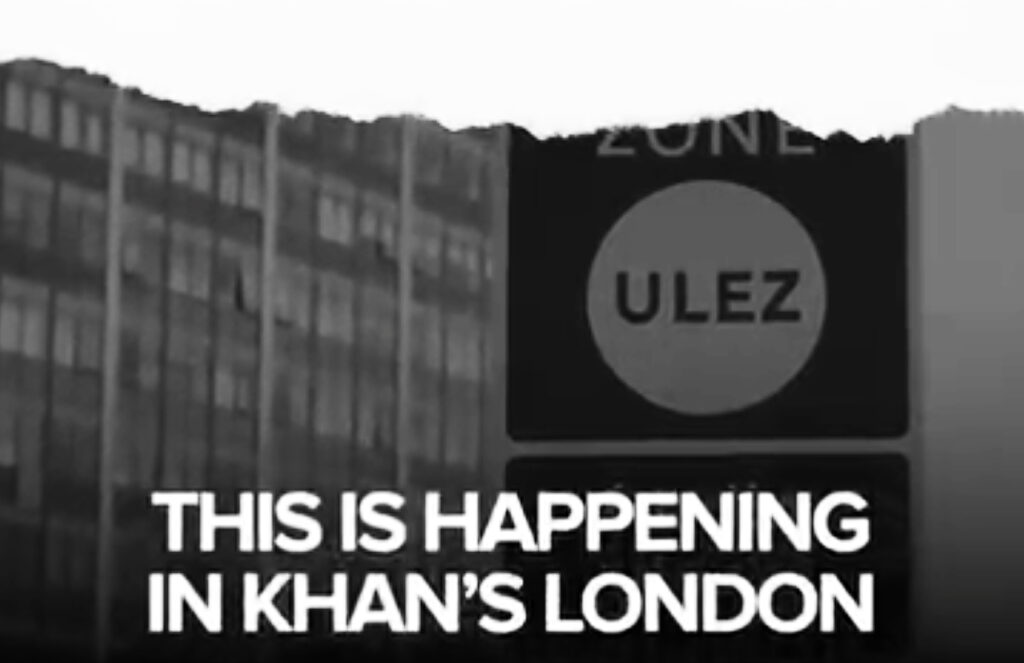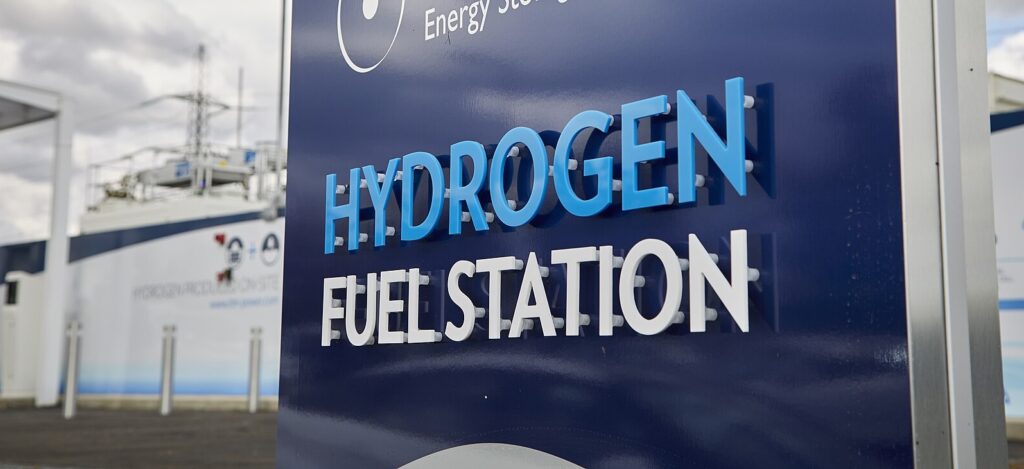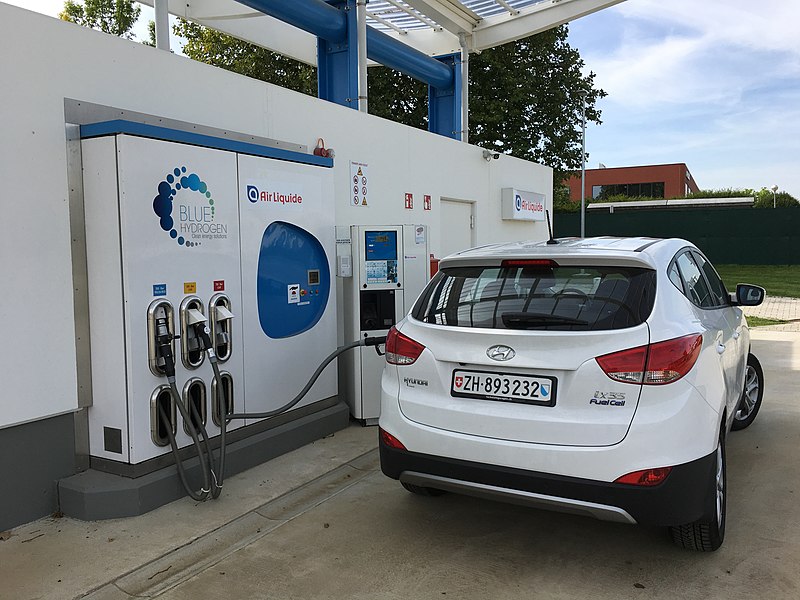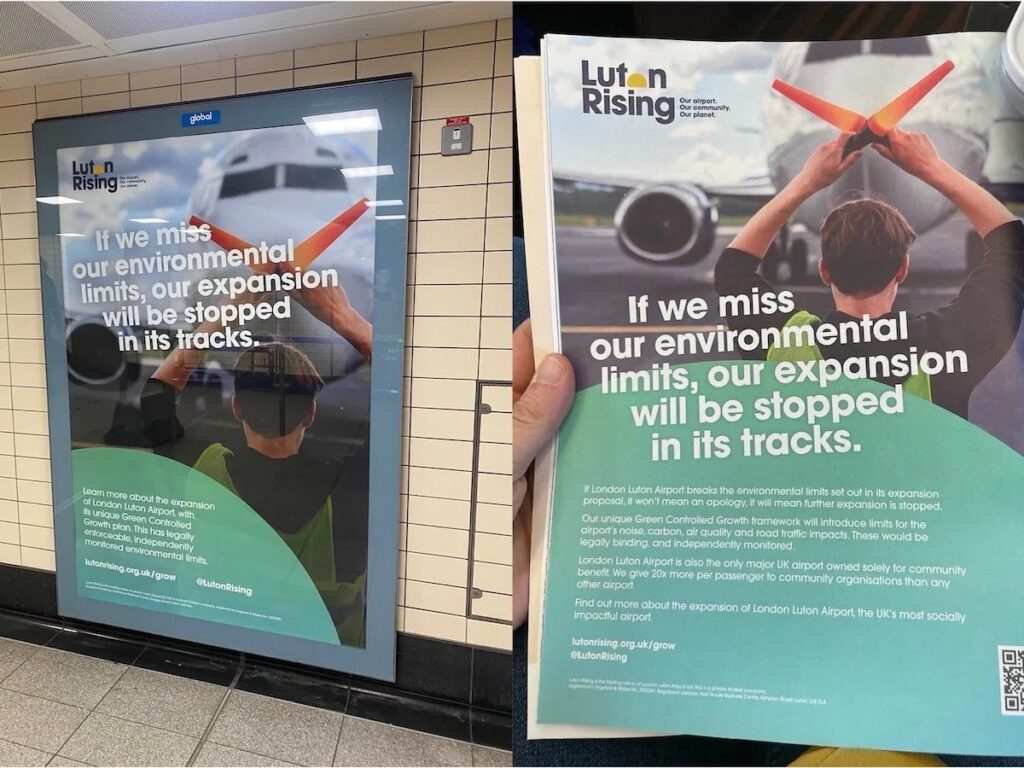Nonprofit environmental law firm Earthjustice has filed a lawsuit on behalf of a coalition of environmental groups against the U.S. Pipeline and Hazardous Materials Safety Administration (PHMSA), challenging a recently finalized Trump administration rule to allow the transportation of liquefied natural gas (LNG) by rail.
“It would only take 22 tank cars to hold the equivalent energy of the Hiroshima bomb,” Jordan Luebkemann, an Earthjustice attorney, said in a statement. “It’s unbelievably reckless to discard the critical, long-standing safety measures we have in place to protect the public from this dangerous cargo.”
As DeSmog has reported, the Trump administration has fast-tracked rolling out the rule to allow LNG-by-rail without requiring any new safety regulations beyond a slightly thicker tank shell for the rail cars.
The potential consequences of an accident involving a train carrying LNG could be far greater than the already catastrophic and deadly accidents that have resulted from the rail industry moving large amounts of volatile crude oil and ethanol in recent years.
For comparison, estimates place the August 4 explosion in Beirut, Lebanon, which killed more than 100 people and injured thousands of others, at 10 percent of the power of the nuclear bomb that devastated Hiroshima, Japan, during World War II.
Regulators have set no limitations on the length of a train carrying tanks of LNG, which means that trains moving 100 or more tank cars of LNG are possible. Longer trains are more profitable for rail companies, and trains stretching 100 cars long already carry crude oil.
AGs, enviros warn of ‘bomb trains’ in new lawsuits over shipping LNG by rail https://t.co/YtACKhkbcs ($) pic.twitter.com/Wc8GkSTWxg
— Reuters Legal (@ReutersLegal) August 18, 2020
No Lessons Learned from Oil Trains
After the 2013 oil train accident in Lac-Mégantic, Quebec, wiped out the scenic downtown and tragically claimed 47 lives, a chorus of questions arose but essentially boiled down to: What happened and how could new safety rules prevent another accident like this? While the incident occurred in Canada, U.S. and Canadian rail networks, and the rules that govern them, are closely tied. At a 2014 forum discussing these issues, Deborah Hersman, the head of the U.S. National Transportation Safety Board (NTSB), addressed a group of regulators and industry representatives, asking a simple question about the risks of moving oil by rail.
“How did this get missed for the last 10 years?” she asked.
Whether it was missed or ignored is up for debate, but in 2020, little is different from 2013 in the way oil trains are regulated. As a result, the trains currently carrying volatile oil from North Dakota’s Bakken Shale and Alberta’s tar sands are just as dangerous as the oil train that derailed and exploded in Lac-Mégantic years earlier.
Drone footage of today’s CP crude oil train derailment east of Guernsey, courtesy of Philippe Gaudet. #sask #saskatchewan #trains #skpoli pic.twitter.com/aIE7FhcuAr
— Guy Quenneville (@gqinsk) February 6, 2020
And now regulators and the fossil fuel and rail industries are repeating the same pattern with LNG-by-rail. The risks of transporting hazardous materials by rail are well documented, and yet regulators finalized this latest rule in July, without studying those safety risks for LNG specifically, or requiring basic safety technologies such as modern braking systems that would make these trains safer.
After the fact, however, a congressionally funded study will research over the next two years the risks of moving LNG-by-rail.
This year, Congress approved $1 million in funding for the National Academies of Sciences, Engineering, and Medicine (NAS) to work with PHMSA to examine the risks of LNG transportation in rail tank cars, stipulating that the “study should inform rulemaking.”
Because PHMSA has already issued a rule allowing LNG-by-rail, this study can’t inform that rulemaking. The next meeting of the NAS committee studying this issue will be held on August 31.
In July, the Federal Railroad Administration (FRA) released the results of its tests of the rail tank cars that are approved to carry LNG, tank cars known as “DOT-113.” The test simulated the potential impact to a DOT-113 tank car for a train traveling at 17 miles per hour (mph). The tank car survived this test and was not punctured. That is good news. However, federal regulations recommend — not require — a speed limit for LNG trains of up to 50 mph.
Why didn’t the FRA test what happens to this tank car when it’s traveling at 50 mph? Does the agency think any tank car can withstand that impact, much less one carrying hazardous materials? Federal regulators for years have conducted these sorts of tests that ignore real-world conditions, resulting in an appearance of providing industry oversight. Meanwhile the rail industry continues packing hazardous materials into questionable tank cars on extremely long, overly heavy trains with outdated braking systems.
If an LNG train derails and explodes, no one should be able to ask how the risk was missed. We know the risks, but the Trump administration and the LNG and rail industries appear willing to accept those risks, while telling the millions of North Americans who live along railroad tracks that safety is their top priority. But the long string of oil and ethanol trains that have derailed and caught fire since Deborah Hersman asked that question in 2014 serves as damning evidence to the contrary.
Trump’s Federal Railroad Administration Has Made Deregulation Official Policy
The Trump administration recently overruled a Washington state regulation created to address the ongoing risks of the oil trains passing through the state’s communities. In doing so, the administration also explicitly said that a state cannot use “safety as a pretext for inhibiting market growth.”
This statement dovetails with a 2019 Trump administration move that overturned requirements in a number of states that oil trains be crewed by at least two people. In the document overruling these state-level regulations, the Federal Railroad Administration clearly stated that its policy was to remove regulations and let the industry pursue volunteer measures to improve safety.
“[The Department of Transportation’s] approach to achieving safety improvements begins with a focus on removing unnecessary barriers and issuing voluntary guidance, rather than regulations that could stifle innovation,” wrote the agency.
With this guiding approach from the top federal railroad regulators, the Trump administration’s move to approve LNG by rail without examining the safety risks, or requiring steps to reduce them, makes perfect sense. Without a doubt, allowing LNG trains on the rails will improve “market growth” for businesses in the LNG industry.
When the federal government published the proposed rule for LNG-by-rail, it noted that DOT-113 tank cars could fail — and release their hazardous cargo — when a train derails, but called the possibility “rare.”
“Though rare, derailments involving DOT-113 tank cars can result in large quantities of hazardous materials released, which can result from venting or breach of the inner tank shell,” the proposed rule notice stated.
Citing several federal statutes, the new lawsuit filed by Earthjustice seeks to overturn the rule allowing LNG-by-rail, and may represent one of the only remaining barriers between LNG trains and American communities large and small.
Main image: President Donald Trump delivers remarks on promoting energy infrastructure and economic growth May 14, 2019 at the Cameron LNG Export Terminal in Hackberry, Louisiana. Credit: White House/Shealah Craighead, public domain
Subscribe to our newsletter
Stay up to date with DeSmog news and alerts


